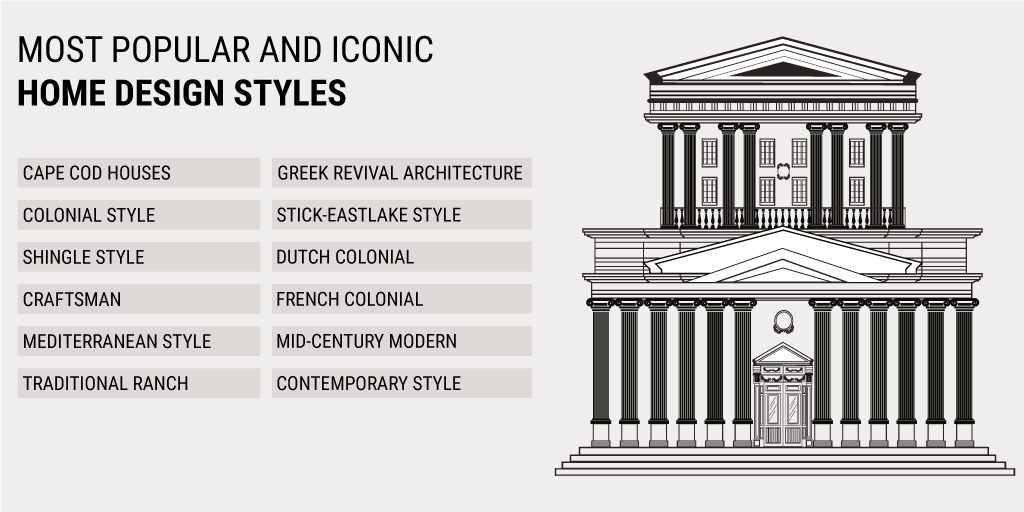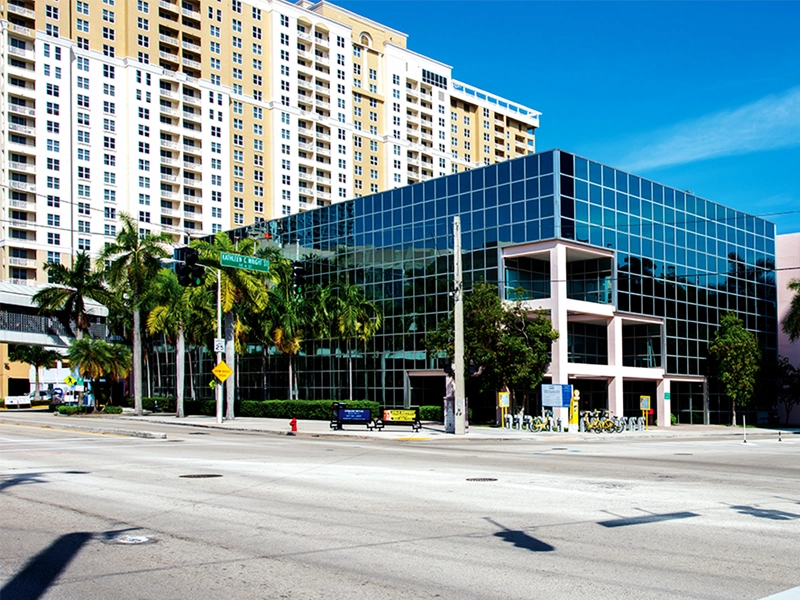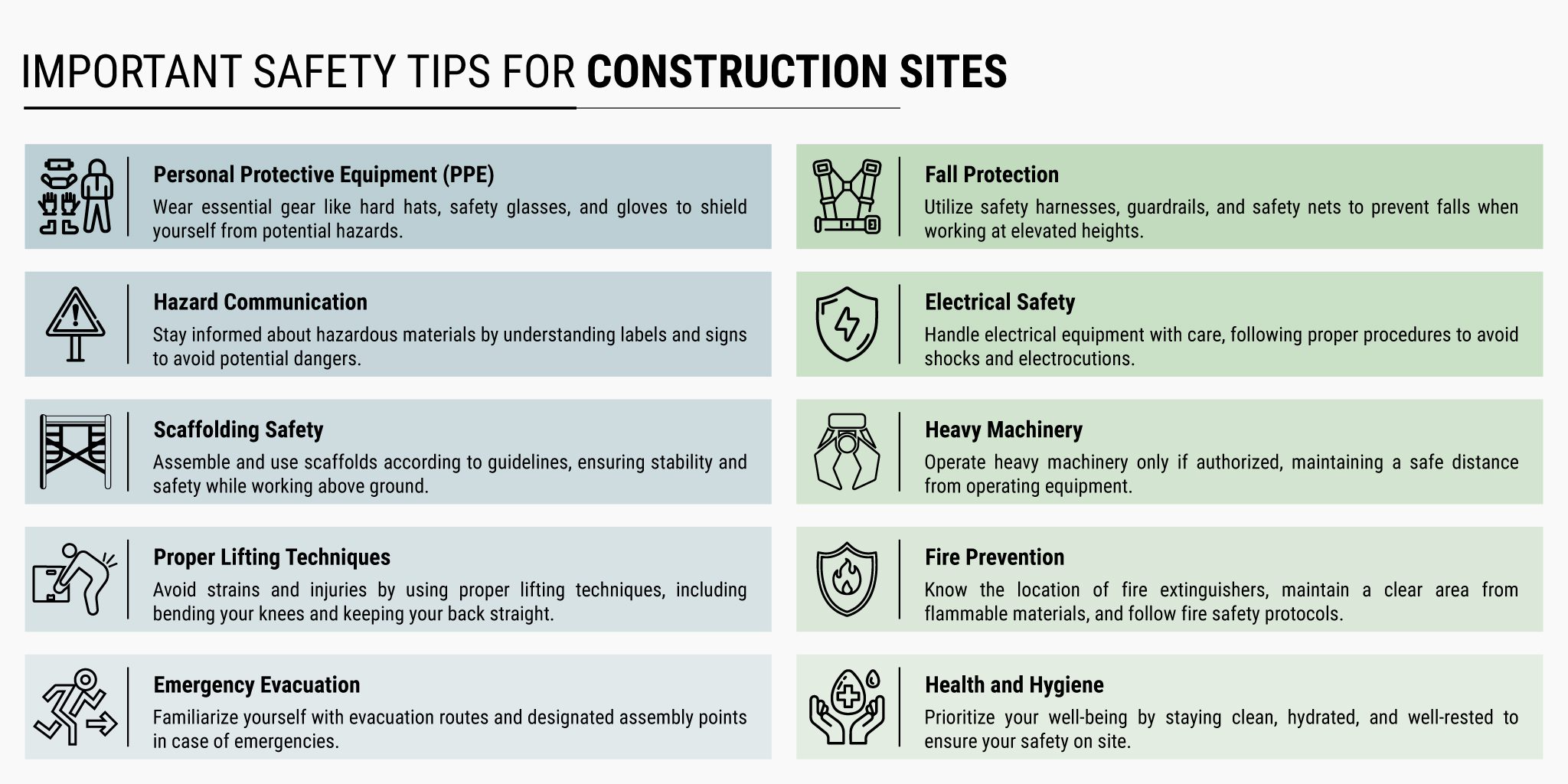The iconic and popular various home design styles have significant importance for homeowners, architects, and interior designers. There are various reasons why design styles are important. Home design styles allow individuals to express their personal tastes and identity within their living spaces. It can be classic Traditional design or the modern Contemporary style. Many iconic home design styles have historical significance. For instance, Victorian design, reflects the architectural trends of the 19th century, offering a glimpse into the past. Certain design styles are associated with specific cultures or regions. Mediterranean design, for example, reflects the architectural traditions of Southern Europe and the Mediterranean.
Iconic styles often evolve and adapt over time, meaning, its ability to adapt to innovation. Popular design styles serve as a source of inspiration for architects, interior designers, and homeowners. Certain design styles act as part of respective community identity. Some design styles prioritize sustainable practices and materials. For instance, Scandinavian design incorporates natural and eco-friendly materials, promoting a more sustainable way of living. People from different parts of the world can be inspired by and incorporate design elements from other cultures into their homes, allowing cultural exchange and appreciation.
In conclusion, the importance of popular and iconic home design styles extends beyond aesthetics. They influence living spaces, culture, and even the way people interact with their homes. Whether through personal expression, historical preservation, or functional design, these styles play a significant role in shaping our built environment and our lives.










